Author Sona Manukyan
Archaeologist
Numerous bronze belts were founded in Armenia due to the archaeological excavations or fortuitously. There are quite controversial opinions among the scholars concerning the dating of these belts. The culture of these bronze belts originates in 14th century B.C. and continues during the existence of Urartian State (until 7-6th centuries B.C.). There are various views on the functions that these bronze belts have performed however it is considered mainly (especially the belts with the military and mythological scenes; S. Esayan) as the part of warriors defensive outfit, the continuation of the armor. S. Esayan thinks that some of them belonged to the pagan priests. In any case these belts were able to afford only the representatives of higher authoritative and cleric strata.
On the inner part of the bronze belts felt or leather base was reinforced in order to make them more comfortable for wearing, and it could loosen the force of hit at the battle [1]. The leather was subjected the appropriate elaboration, hardening [2].
The spreading area of these belts encompassed almost the whole Transcaucasia (the present Armenia, Georgia, the north and the west parts of Azerbaijan). The culture of Lchashen-Metsamor was distributed in territory of Armenia in this period (the end of 16th century/the beginning of 15th century-8th century B.C.) and in 8th century B.C. these territories were subjugated by Urartu. According to their thematic scenes, they are divided to some types: hunting, military, mythological, genre, elemental movement. There are belts with only geometric ornaments and plain, unornamented ones. According to their width the belts were wide and narrow from 4-22 sm.
Apart from the founded bronze belts, the existence of them is attested to the belts’ depiction on the small statues of the late bronze age and the early iron age.
During the archaeological excavations the bronze statuettes of chariots were excavated which are dating to the late bronze age (15-13th (12th ) centuries B.C.). On some of them there are warriors’ representations with belt’s iconography. For instance, from Shirakavan tomb N 17 dating to the late bronze age was founded the sculptural group consisting of a man, a lion and birds (photo 1). The sculptural group was explored next to the right side buried skeleton’s right hand. It is consisted of two-stage podium in the lower wings of which the statuettes of birds are disposed and in the upper wings the sculptures of a man and a lion fortified on the particular platforms, spinning around its pivot. The man who in his left hand has a disc-shaped shield decorated with beam-like lines is nude.
That nudity, from which his bisexuality is visible, is not concealed by the belt decorated with folds and the shoulder belt from which is reinforced the quiver disposed under the left hand. Underneath the shoulder belt are apparent the stressed breast. The man’s right hand is bended in the elbows and the hand is made a fist in which supposedly was a weapon which has not been preserved. The feet of the statuette are decorated with up raised nose shoes and there is a helmet’s carved convex [3].The bronze model of military chariot was founded from Lori berd’s tomb N 7 (photo 2).The chariot is yoked with two horses, has a square, volumetric podium which is hollow, with triangle holes on the side and is rectangular from the upper part. Inside the podium there are two metal balls which served as a bell. It has a long basis which ends in the form of an anchor. The two-wheeled chariot disposed on the podium is yoked with two horses ahead of which on the stick a roe is carved (the chariot follows the roe). On each side of the chariot’s body one warrior stands. One of the warriors is represented as if he holds the reins. The belt with suspended dagger is depicted on the torso of each of them. The model of such chariot is founded in Lchashenas well, the only difference is that on the Lchashen’s standards instead of a roe, a deer is carved (photo 3).
The anthropomorphous statuettes are founded in the territory of Armenia and are dated to the early iron age (12-8th centuries B.C.) and have also the belt’s iconography. Thus on the torso of the warrior’s bronze statuette from Parvakarwide bronze belt is depicted. There is warrior’s another bronze statuette founded in Parvakar on the torso of which the wide belt with suspended dagger is imaged. Both belts have emphasized phalluses (photo 4, 5).
There is an especially interesting statuette of a man from this period founded in Kapan which is represented with four belts simultaneously. The first belt is a shoulder belt, the second belt is bound under the breast, the third is on the torso and the fourth on the thighs. The phallus is accentuated weakly (photo 6). The mythological, threesome, vertical structure of the universein the folkloric different sources is divided to the storeys (layers, spheres, sublayers), what is more the symbolical notions of these spheres are transformed to the mythological dwellers of these spheres which are mostly belted people.
S. Harutyunyan writes: “…the people of the lower storey fasten the belt on their knees, the people of the middle storey, i.e. we, bind it above the belly, on the torso and the people of the upper storey tie it on the breast. The symbolization of the world’s main belts of the vertical, threesome structure on the human’s body by the belt’s fastening position, from downwards to upwards,is noteworthy which attests again to the precondition of conceiving the space’s upright structure by human’s body position and figure” [4].
The head of noted Kapan’s statuette made of clay is not preserved, the hands and feet are preserved partially. It has subtly manifested phallus. On the torso of the human statuette made of basalt founded from Mrgavan is depicted well emphasized thick belt. There is also a narrow shoulder belt from whicha straight sword is suspended (photo 7-1).
On the man’s statuette founded from Jujevan is depicted not a thick shoulder belt, from which some object is suspended. The fingers of the statuette’s hand are well emphasized. The statuette is preserved partially, the feet and the part above the shoulders are absent (photo 7-2).
From Keren’s (the village of the same name, in the Kashatagh region’s Kovsakan sub region of Nagorno-Karabakh Republic, 12 km south-east of the Kapan provincial center of RA) tomb N 64 a man’s hollow statuette made of terracotta and covered with slipware was excavated. The statue has a shoulder belt and a belt fastened around the thighs. The phallus is stressed weakly. Below from the belt the decorations in the forms of dot and fir-tree are falling down with the vertical rows. In Teghut archaeological site, not far from Kapan was founded the same kind of statuette on which there is no shoulder belt and the belt’s part is unfortunately broken (photo 8).
As it is noticeable in all sculptures the warriors “endowed” by belts are represented nude, with stressed phallic feature and mainly with the weapon. According to S. Devejyan, the nudity itself symbolizes the divine nature of these statuettes. He suggests that these statuettes are related to the worship of Sun. Taking into consideration the emphasized bisexuality of some of statuettes one can agree with the idea of divine character of them. On the bronze belt from Akhtala(photo 9) is represented a character with a bird’s mask and a wide garment, the latter is standing on the chariot yoked with two horses and in his outstretched left hand is holding a disc.
On the bronze belt founded from Asthghi blur (Yenokavan) (photo 10) female characters are represented, standing on the chariots yoked with horses, in their outstretched hands they are holding a disc with the image of the cross of earth inside and in the other hand they have a horsewhip (in this context there are characters for whom these discs served as a shield). There are men’s characters with stressed phalluses on the same belt, the men are the archers and have solar wreaths on their heads. All these characters have lion’s masks. The listed signs like a solar disc, solar wreath, lions’ masks in the iconography of bronze belts are interpreted as symbols of Sun’s worship. Therefore the hypothesis of solar symbolization of some of the carved warriors is not excluded.
The shoulder belts and the belts fastening around the torso are very often represented combined in the sculpture. There are various objects like daggers, quivers, swords, etc. that are falling down from these belts in some places. Accordingly from its functioning perspective it could be assumed that besides its defensive function, it was convenient for keeping weapons as well.
What is concerning Kapan’s clay sculpture, as it has been noted above, it could be the expression of the threesome universe through the human body.
Thus from the details of these sculptures it becomes clear these are not only common realistic personifications, but are created as mediators geared to the celestial forces. It is interesting that the belt is one of the constituent of the sculptures intended for worshiping which could be another evidence of the belt’s ceremonial function.
Anotations
- The data has been received from the study of the preserved leather rests on the inner parts of some belts (Karmirberd and Astghi blur)Есаян С..
- Hardener is a material consisting of carbon, oxygen and hydrogen. There is plenty of it in the rind of acorn and in many berries, is used in the leather currying and medicine, Աղաղել՝ կաշվեղենը աղաղի մեջ դնել, դաբաղել:- Ժամանակակից Հայոցլեզվի բացատրական բառարան, Հ 1, Երևան 1969:
- Թորոսյան Ռ., Խնկիկյան Օ., Պետրոսյան Լ.,էջ 46:
- Հարությունյան Ս., 2004, էջ10:
Bibliography
- Деведжян С..Лори-берд 1, Ереван 1981.
- Դևեջյան Ս., Լոռիբերդիքրմիդամբարանը:- Պատմա-բանասիրականհանդես, № 3, 1986, 108-124:
- Есаян С..Погребение № 14 Астхиблурскогомогильника.- Պատմա-բանասիրականհանդես, № 1, 1967, 221-226:
- Есаян. ДоспехиДревнейАрмении, Ереван 1986.
- Esayan S. A..Gürtelbleche der älterenEisenzeit in Armenien.-Beiträgezurallgemeinen und vergleichendenarchäologie, Band 6, 1984 .
- Есаян С..СкульптурадревнейАрмении, Ереван 1980.
- Իսրայելյան Հ., ՊաշտամունքնուհավատալիքըուշբրոնզեդարյանՀայաստանում (ըստհնագիտականնյութերի), Երևան 1973:
- Գնունի Ա., Կերենըքրմականդամբարանիպեղումները:- ԲանբերԵրևանիՀամալսարանի, N1, 2006, 215-217:
- Հարությունյան Ս., Հայառասպելաբանություն, Բեյրութ 2000:
- ԺամանակակիցՀայոցլեզվիբացատրականբառարան, Հ 1, Երևան 1969:
- Мартиросян, Армения в эпохубронзы и раннегожелеза, Ереван, 1964.
- Թորոսյան Ռ., Խնկիկյան Օ., Պետրոսյան Լ., ՀինՇիրակավան (1977-1981թթ. պեղումներիարդյունքները), Երևան 2002:
- Урушадзе Н..Древнегрузинскоепластическоеискусство, Тбилиси 1988.
Translated from armenian.




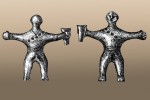
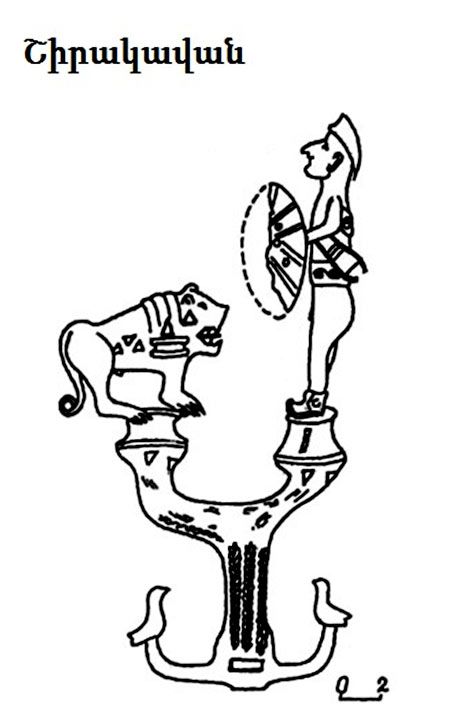

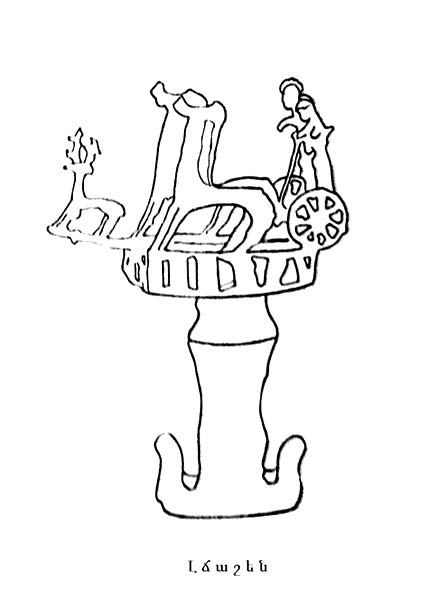
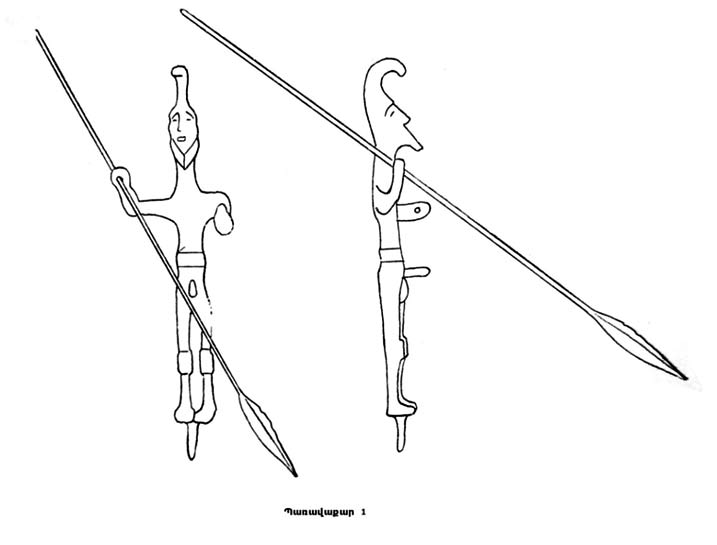

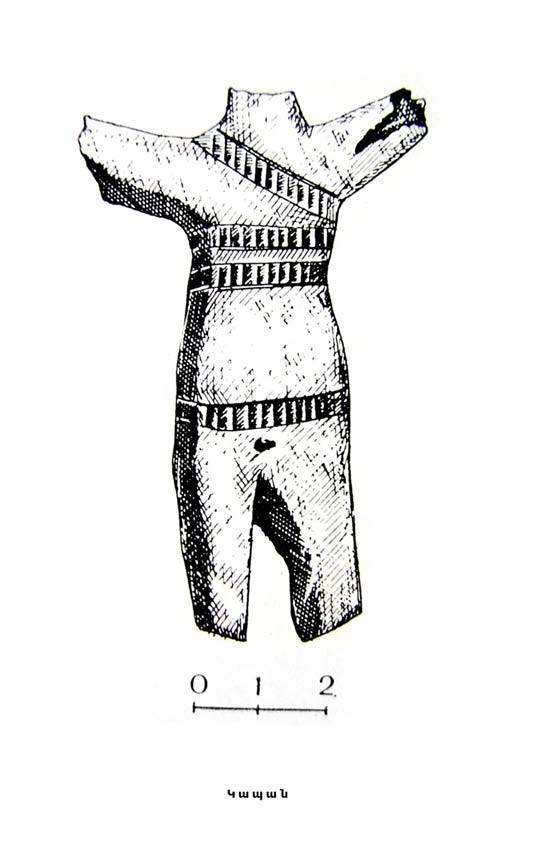

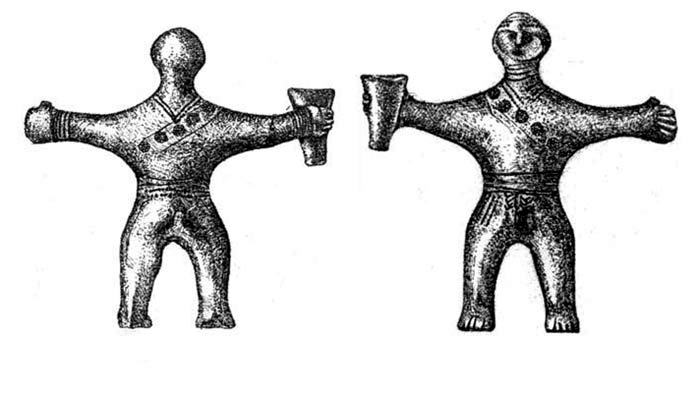
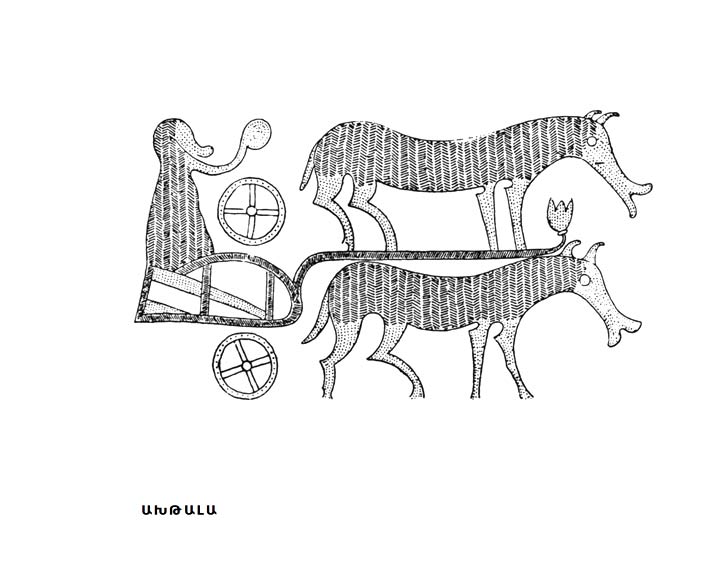


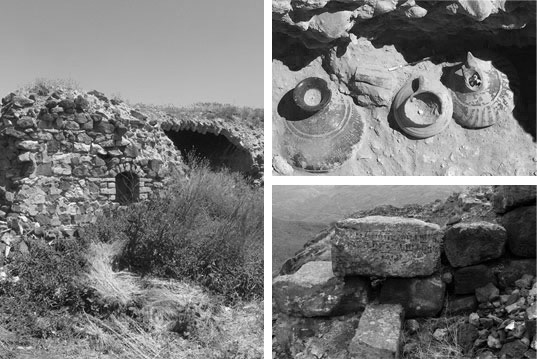

Leave a Reply